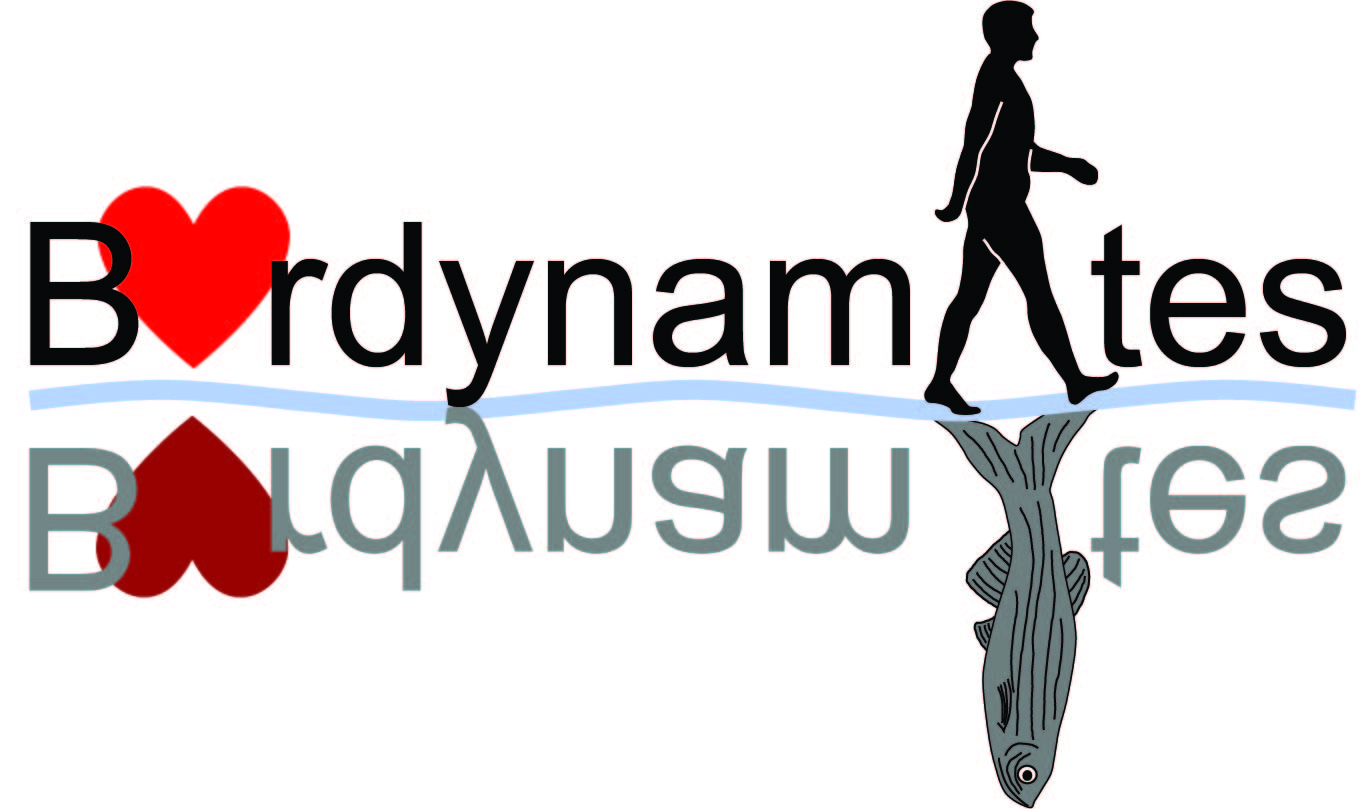Integration of nodal and BMP signals in the heart requires FoxH1 to create left-right differences in cell migration rates that direct cardiac asymmetry.
Publication Year
2013
Type
Journal Article
Abstract
Failure to properly establish the left-right (L/R) axis is a major cause of congenital heart defects in humans, but how L/R patterning of the embryo leads to asymmetric cardiac morphogenesis is still unclear. We find that asymmetric Nodal signaling on the left and Bmp signaling act in parallel to establish zebrafish cardiac laterality by modulating cell migration velocities across the L/R axis. Moreover, we demonstrate that Nodal plays the crucial role in generating asymmetry in the heart and that Bmp signaling via Bmp4 is dispensable in the presence of asymmetric Nodal signaling. In addition, we identify a previously unappreciated role for the Nodal-transcription factor FoxH1 in mediating cell responsiveness to Bmp, further linking the control of these two pathways in the heart. The interplay between these TGFβ pathways is complex, with Nodal signaling potentially acting to limit the response to Bmp pathway activation and the dosage of Bmp signals being critical to limit migration rates. These findings have implications for understanding the complex genetic interactions that lead to congenital heart disease in humans.
Keywords
Animals,
Humans,
Zebrafish,
signal transduction,
Gene Expression Regulation, Developmental,
Body Patterning,
Zebrafish Proteins,
Cell Movement,
Heart,
Heart Defects, Congenital,
Bone Morphogenetic Protein 4,
Forkhead Transcription Factors,
Heterotaxy Syndrome,
Left-Right Determination Factors,
Nodal Signaling Ligands
Journal
PLoS Genet
Volume
9
Issue
1
Pages
e1003109
ISSN Number
1553-7404
Alternate Journal
PLoS Genet.
PMID
23358434

